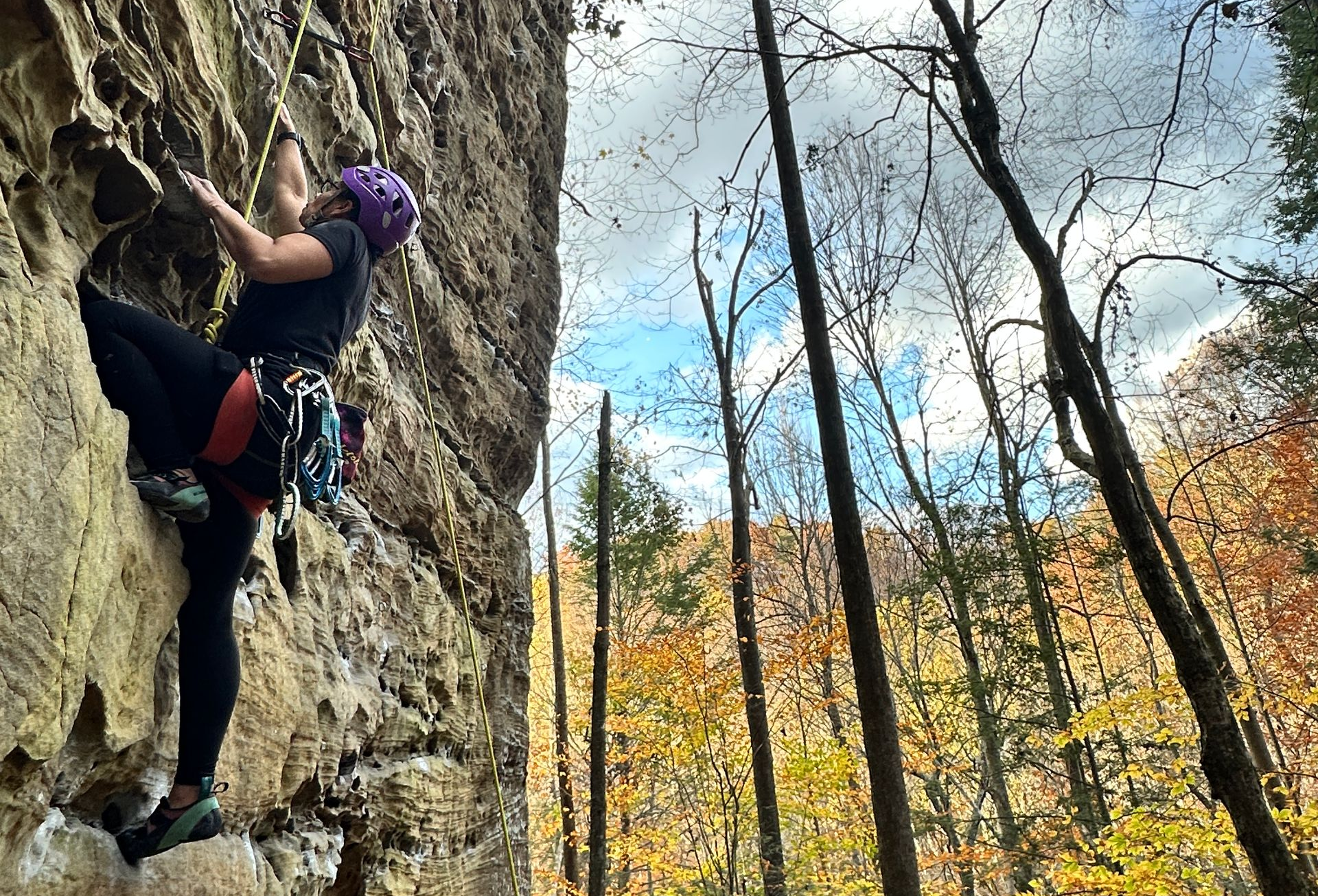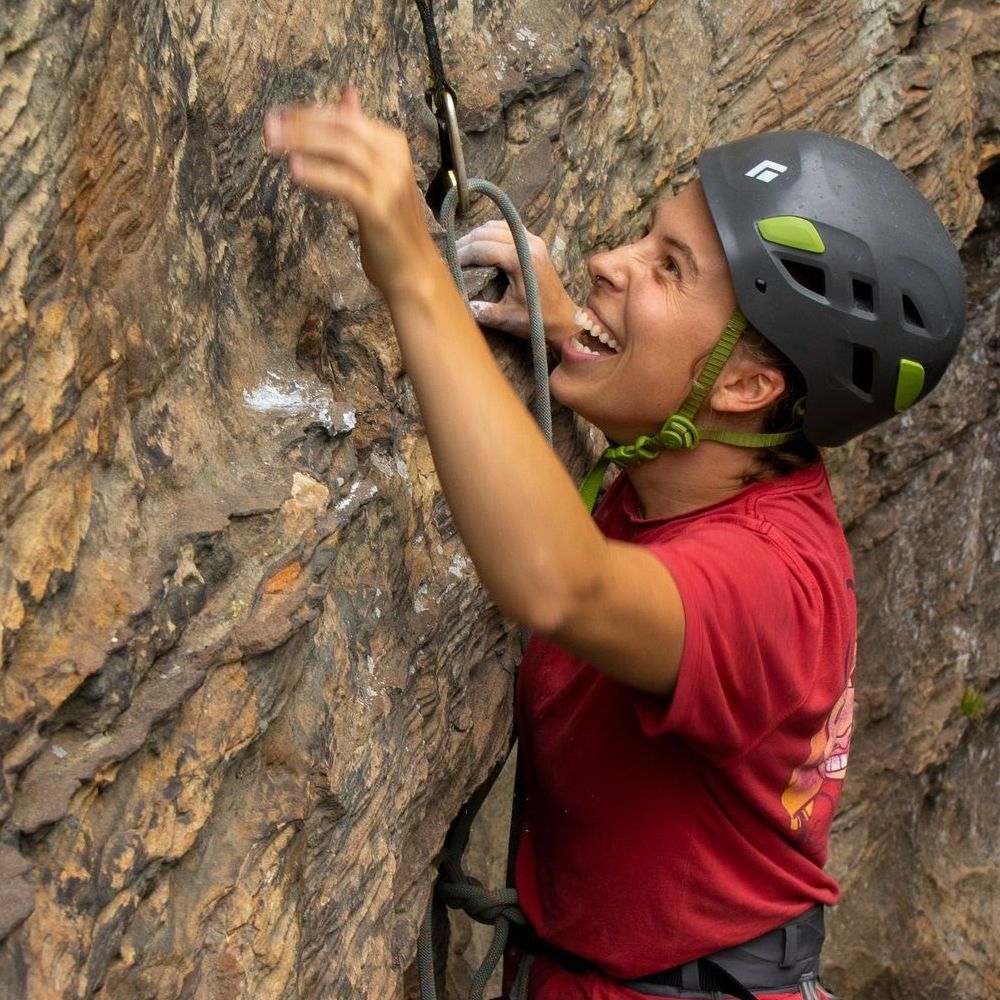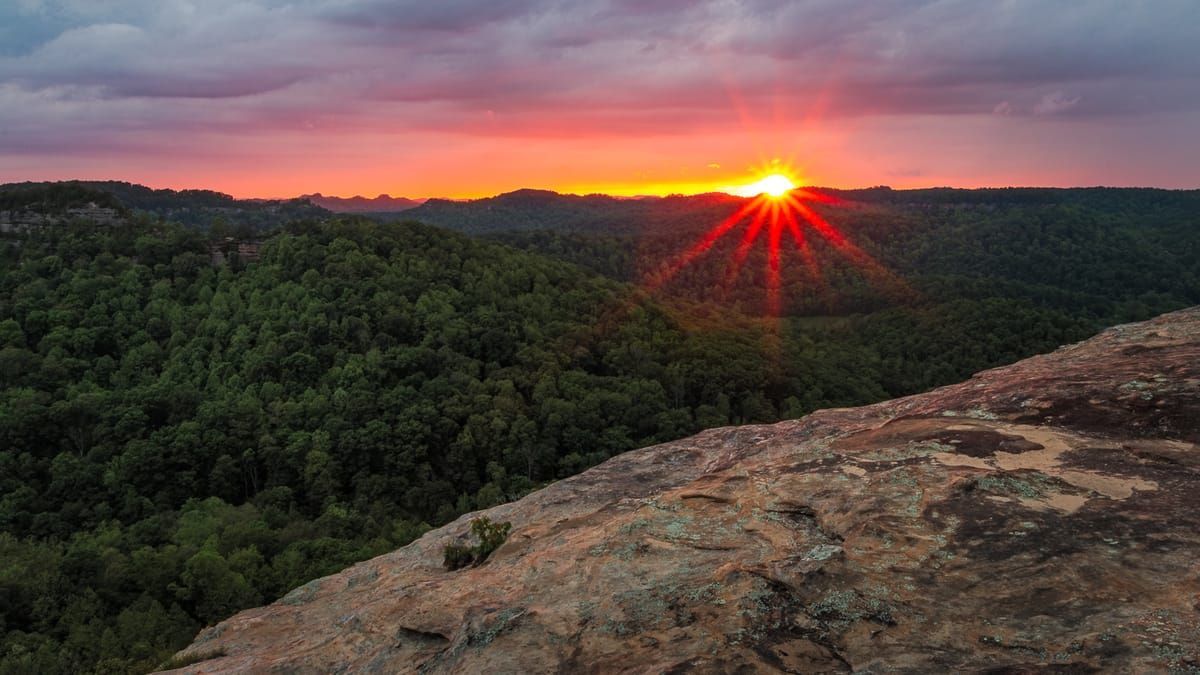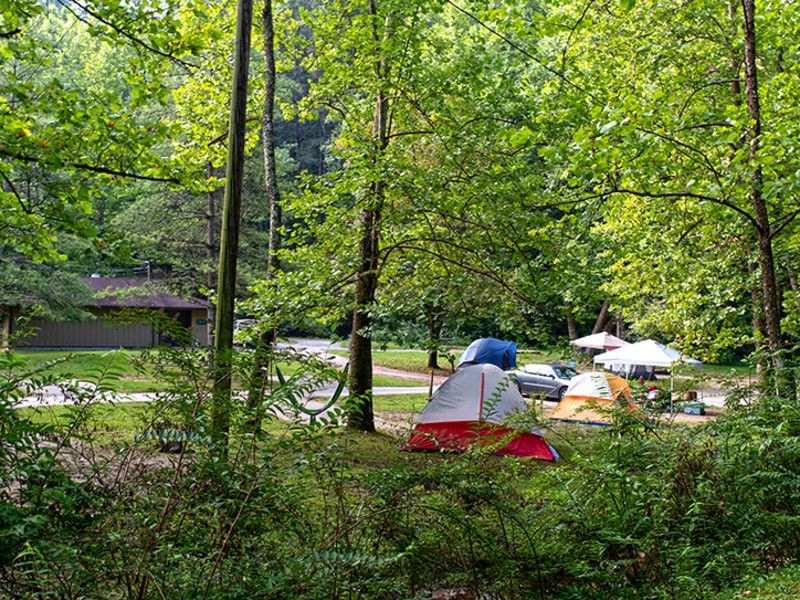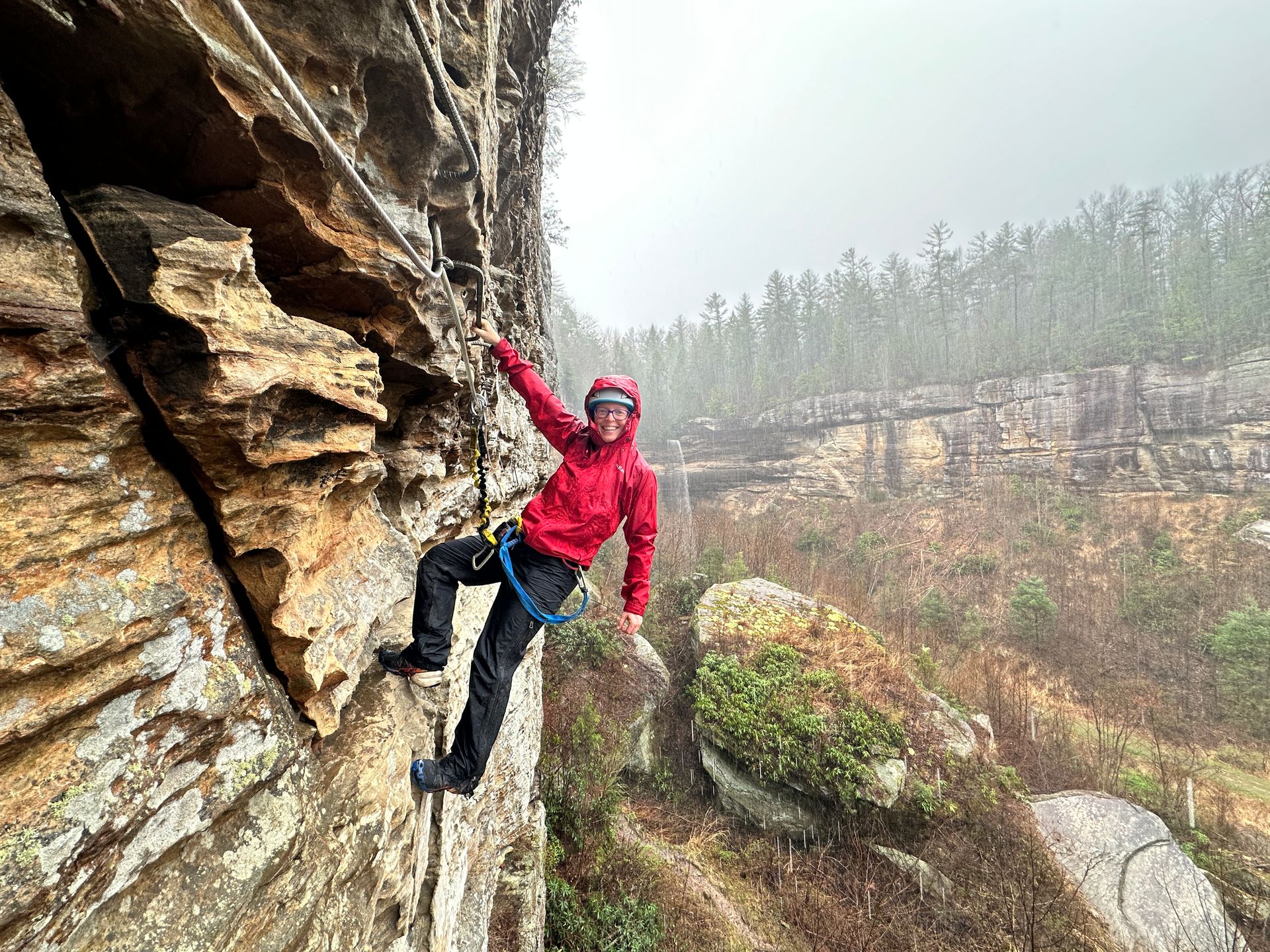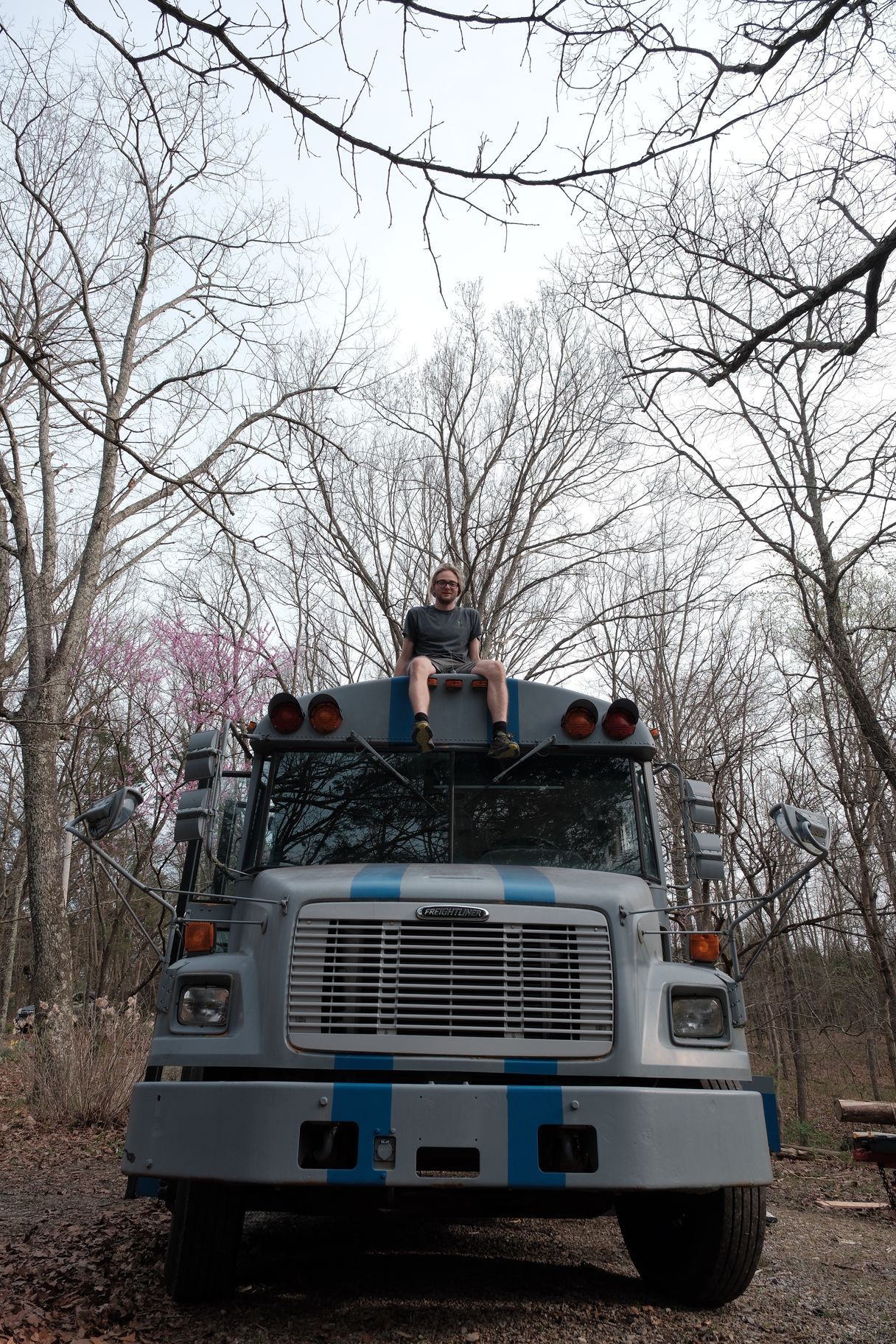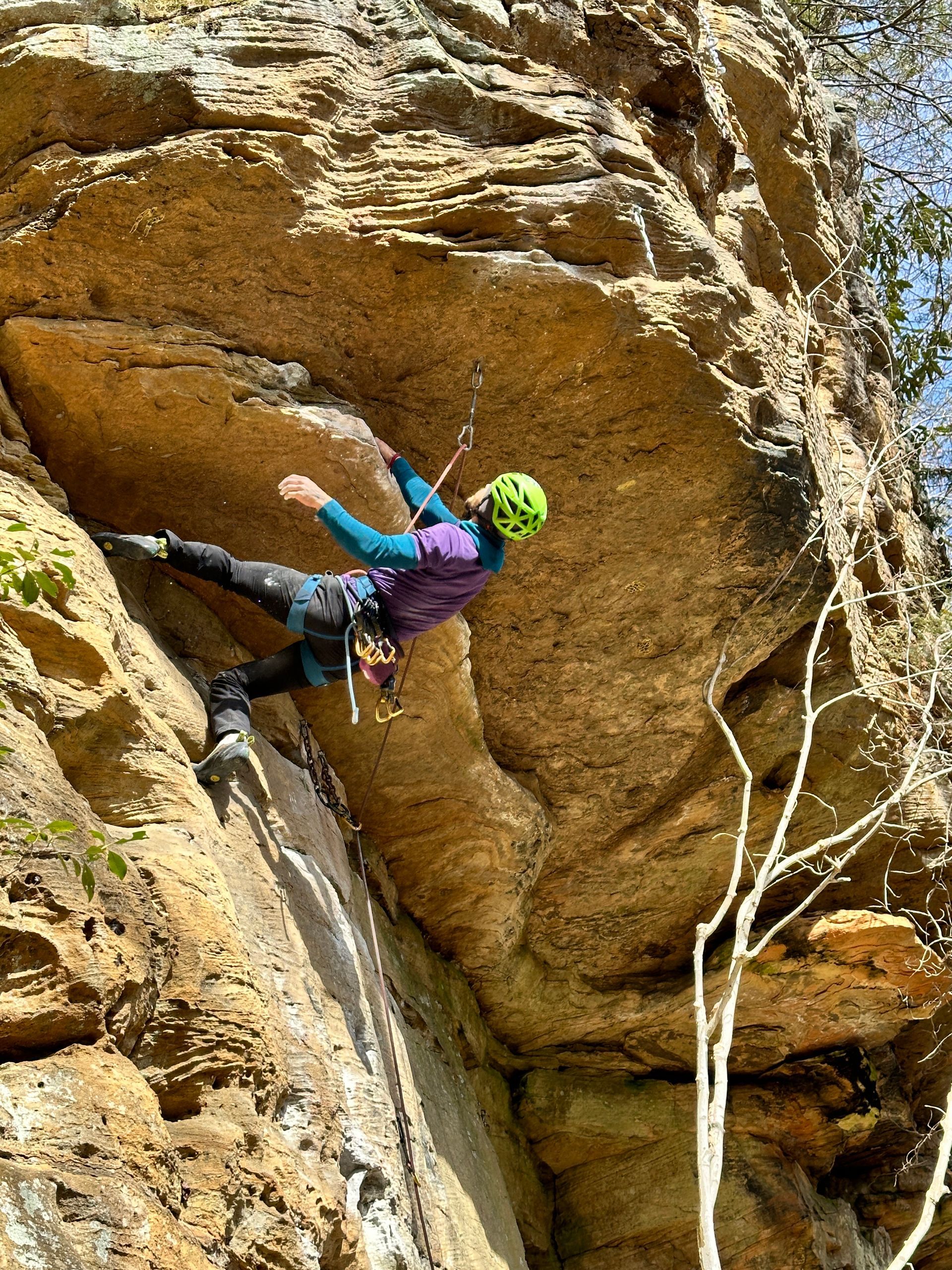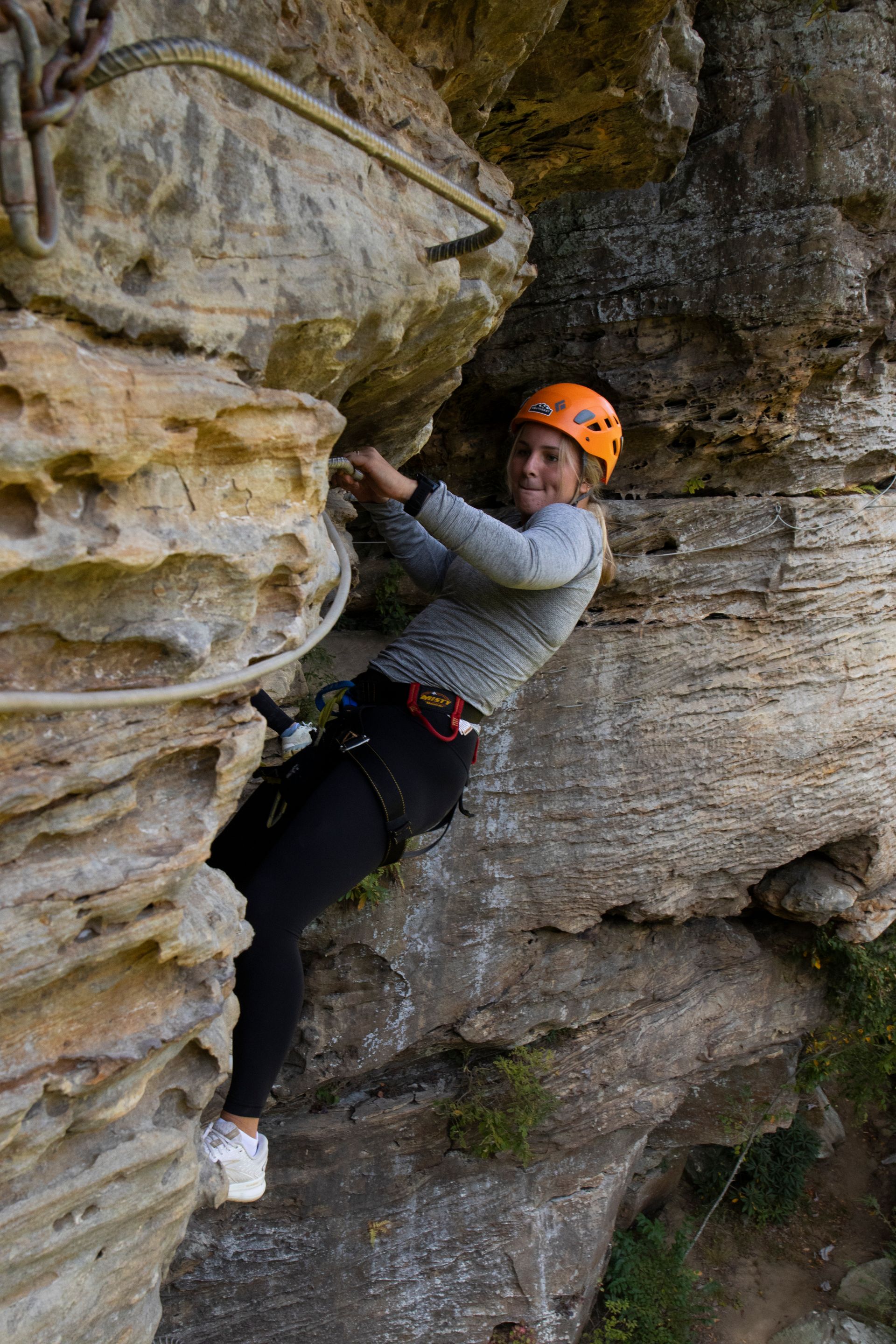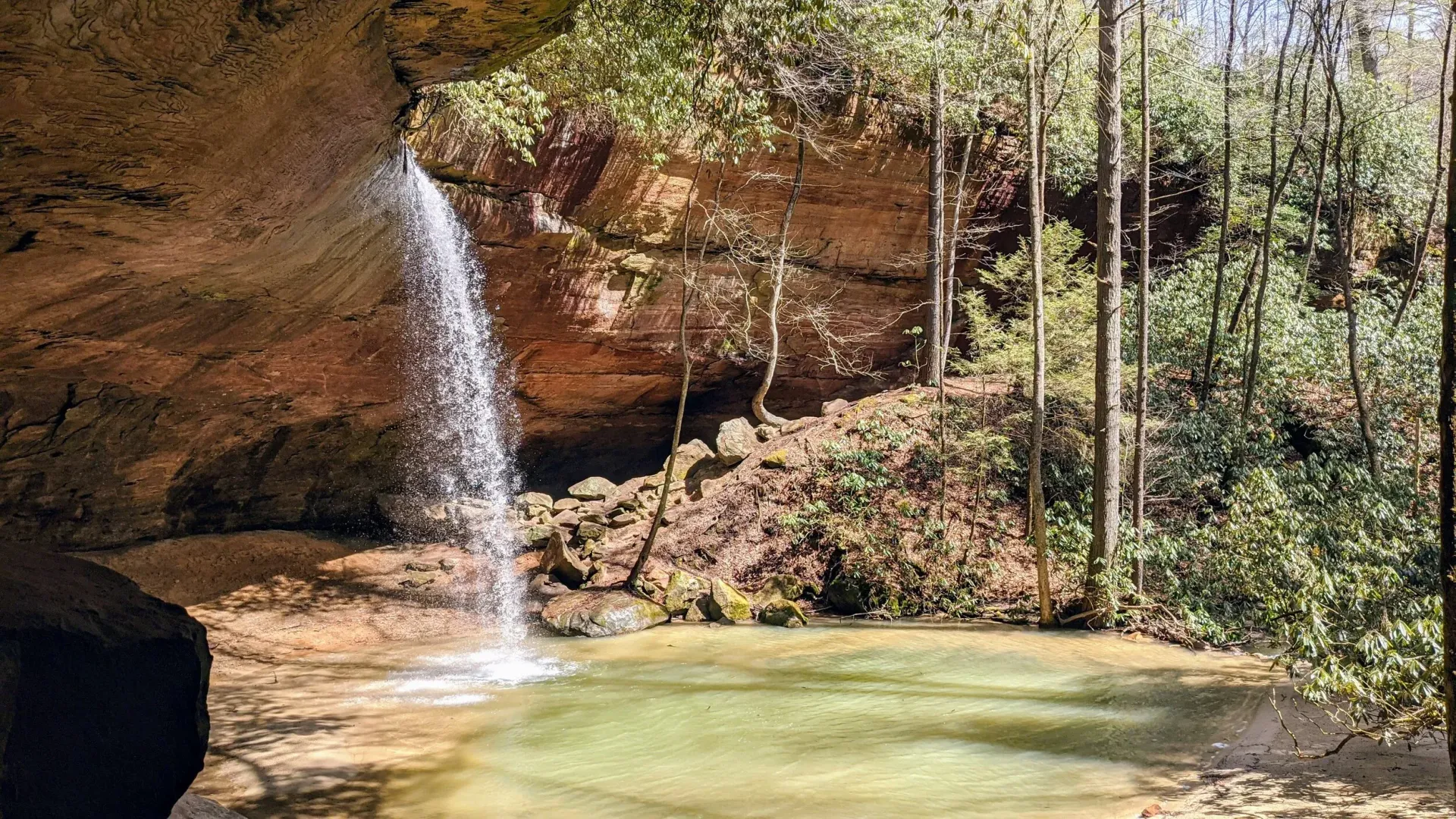Gym vs. Crag: Key Differences for Climbers (+ Checklist & Transition Roadmap)
Thinking about taking your climbing from plastic to real rock? Here’s what changes—and how to prepare.
Indoor climbing gyms are a fantastic place to build strength, learn movement, and fall in love with the sport—but outdoor climbing brings its own unique challenges and rewards. If you’re planning a trip to the Red River Gorge (or any outdoor climbing destination), here’s your go-to breakdown of how gym and crag differ, what gear and knowledge you’ll need, and a simple roadmap for making the leap safely and confidently.
You may also benefit from our companion blog post: “From Gym to Crag: Transitioning to Outdoor Climbing at the Gorge”.

Quick Comparison: Gym vs. Crag
| Category | Gym Climbing | Outdoor Crag Climbing |
|---|---|---|
| Routes | Color-coded holds; bolt lines evenly spaced | Natural features; bolts may be spaced unpredictably |
| Protection | Pre-hung quickdraws and fixed top anchors | You bring your own draws and clip bolts from the ground up |
| Anchor Cleaning | Lower off preset anchors (no untie needed) | Must clean anchors, typically involves: untie/rethread rope, and lower safely |
| Belay Stance | Flat, padded floors | Uneven terrain, rocks, roots, and exposure |
| Gear | Can rent gear at the gym | Need your own gear or to rent from an outfitter like Southeast Mountain Guides |
| Route Reading | Set by humans, obvious color-coded holds | Natural rock; holds can be subtle or hidden |
| Exposure | 30–50 feet tall typically | 40–120+ feet high, with full sky and cliff exposure |
| Weather/Wildlife | Controlled climate | Sun, rain, wind, bugs, snakes, poison ivy, etc. |
| Navigation | Clear gym layout | Must research routes, find trailheads, hike to crag, ID climbs |
| Communication | Clear line of sight and voice | Belayer and climber may lose sight or hearing of each other. |
| Community Support | Supervised, helpful staff | Self-managed or guided; shared crag etiquette matters |
Outdoor Climbing Checklist
Here’s what you’ll need (and what’s nice to have) when heading outside:
Must-Have Gear:
- Rope + rope bag/tarp
- Harness
- Climbing shoes
- Belay device
- Locking carabiner
- Quickdraws (10–12)
- Backpack for gear
Highly Recommended:
- Helmet
- Chalk + chalk bag
- Stick clip (some routes start high)
- Personal Anchoring System (PAS)
- Printed or downloaded guidebook
- Headlamp (just in case)

Key Outdoor Skills to Learn
Before leading outside, make sure you or someone in your group is proficient in:
- Lead climbing and lead belaying
- Anchor cleaning: How to safely untie, thread through fixed hardware, and re-tie
- Stick clipping: Useful for high first bolts
- Evaluating outdoor hardware: Understanding condition and proper use of bolts, hangers, chains, and musseys
- Trolleying or route cleaning techniques: Especially on traverses or overhangs
- Route reading outdoors: Finding subtle holds and rests
Your Gym-to-Crag Transition Roadmap
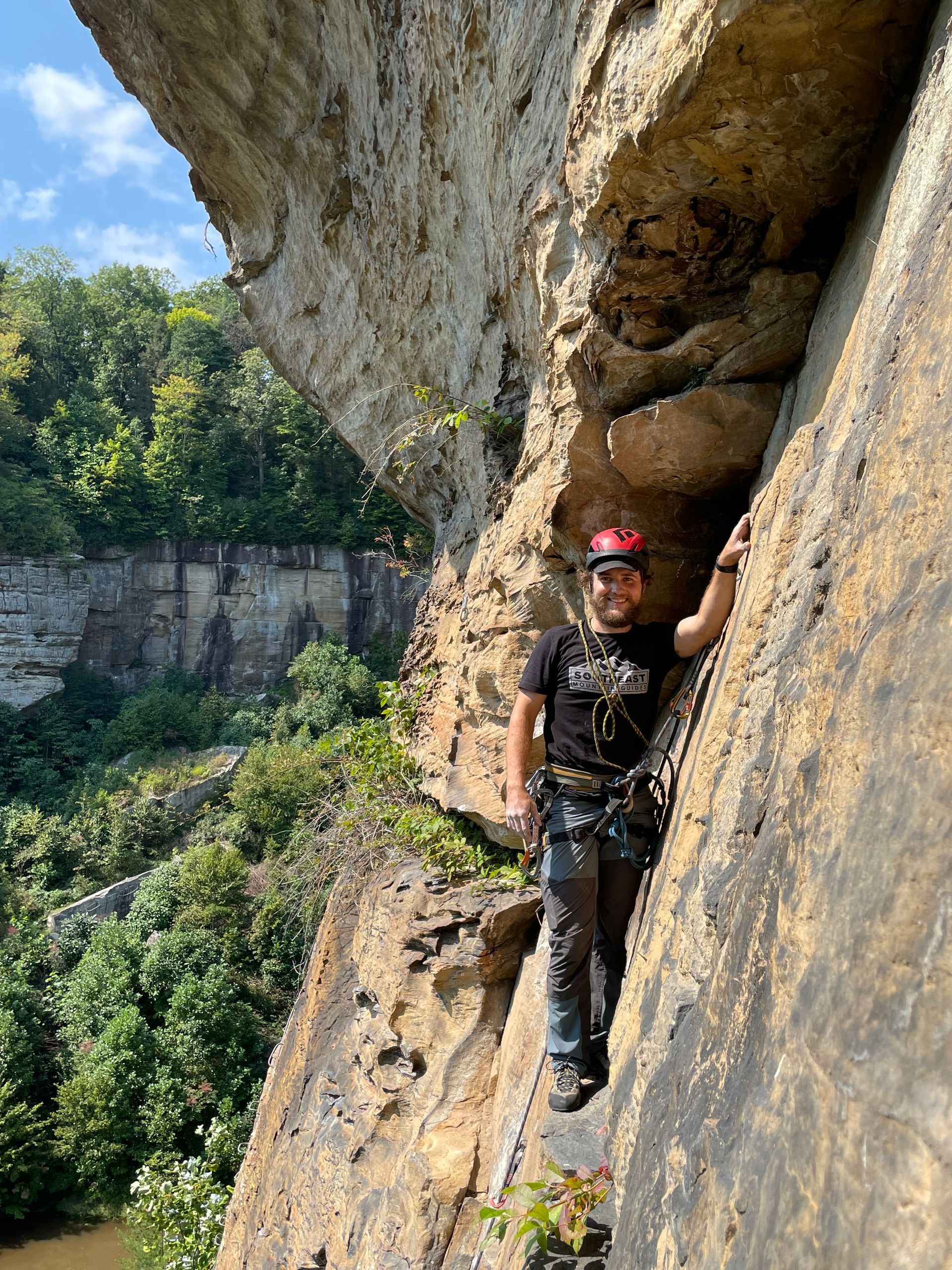
- Build a Base Indoors
- Get comfortable top roping and lead climbing in the gym.
- Practice lead belaying until it feels second nature.
- Focus on movement efficiency, falling practice, and clipping technique.
2. Mock Lead Outdoors
- Follow a more experienced partner.
- Climb on top rope while practicing clipping quickdraws and reading rock.
- Learn how outdoor routes flow and how to manage longer pitches.
3. Hire a Guide for Systems Training
- Cover outdoor-specific skills: belay stance, rope management, cleaning anchors, rappelling.
- Practice these under supervision so mistakes don’t become habits.
- Benefit from local knowledge—knowing which crags and approaches match your level.
4. Lead Easy Routes with Mentorship
- Start with well-bolted, straightforward climbs.
- Use a stick clip for high first bolts.
- Keep the grade lower than your gym comfort zone until you adjust to outdoor exposure.
5. Progress to Independent Climbing
- Gradually take on harder grades and trickier logistics.
- Refine anchor cleaning and descent strategies.
- Learn to assess hardware, weather, and route conditions for yourself.
6. Reflect + Level Up
- Take note of what felt hard—technique, route finding, fear?
- Get instruction or coaching on those areas
- Slowly push into longer routes, more exposed climbs, or lead challenges
Final Thoughts
Transitioning from gym to crag is a major milestone in any climber’s journey—and it’s also when most climbers begin to feel like true adventurers. With the right gear, mindset, and instruction, you can enjoy everything outdoor climbing has to offer: incredible views, fresh air, real rock movement, and that unmistakable rush when you clip the chains after sending your first route outside.
Want guidance? Southeast Mountain Guides offers private guided trips tailored for gym climbers ready to head outdoors. We can help you build confidence, sharpen your skills, and discover the incredible routes and exceptional crags for beginners in the Red River Gorge.
